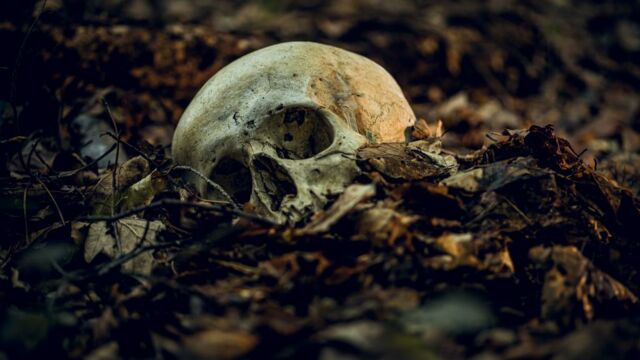Dracula, Blade, Selene, Edward, vampires have fascinated us for centuries. But do they exist in real life? Of course, there is no evidence that bloodsucking humans have ever walked the Earth, but that hasn't stopped some superstitious people from developing a real phobia of this creature to the point of taking extreme measures to avoid having their necks bitten.
Discover our latest podcast
A sickle across the throat
It was in Pień, Poland, that a 'vampire' skeleton was allegedly discovered. The person buried in this 17th-century cemetery was a woman who wasconsidered a vampire when she was alive, as evidenced by the remains found in the grave. Interviewed by the Daily Mail, Prof. Dariusz Poliński, who participated in the excavation, explained:
The extraordinary remains of a supposed ‘vampire’ have been uncovered at an archaeological site in Poland 🦇
— Metro (@MetroUK) September 5, 2022
Experts found the female body with a sickle across its throat, pinning it to the ground.
Let's find out more 👇https://t.co/jv1Kij9a6U
The sickle was not laid flat but placed on the neck in such a way that if the deceased had tried to stand up, the head would have been cut off or injured.
This was done to anyone who was suspected of not being a human, even though they clearly were, just like this skeleton.
A local belief
This is not the first time such a device has been discovered in a grave. According to the Smithsonian, vampire phobia existed as early as the 11th century in Eastern Europe. The magazine explained in 2014:
Evidence of anti-vampire rituals - a metal rod shoved into a centuries-old skeleton, for example - is widespread in the region
A spine-chilling detail is that foreigners were often considered potential suspects! This is at least what biochemical analyses of several exhumed skeletons revealed. Disease, especially cholera, was also a cause for concern. Moreover, the Smithsonian points out that there was nothing rational about this concern:
People in the post-medieval period did not understand how diseases were spread, and rather than a scientific explanation for these epidemics, cholera and the resulting deaths were explained by the supernatural - in this case, vampires.
This article was translated from Gentside FR.
Read more:
⋙ Skeletal remains of the oldest 'European' in history discovered by researchers
⋙ The lake of horror: skeletons, human remains, Drought reveals macabre finds
⋙ Remarkable discovery of a 235 million-year-old dinosaur unearthed in Africa















